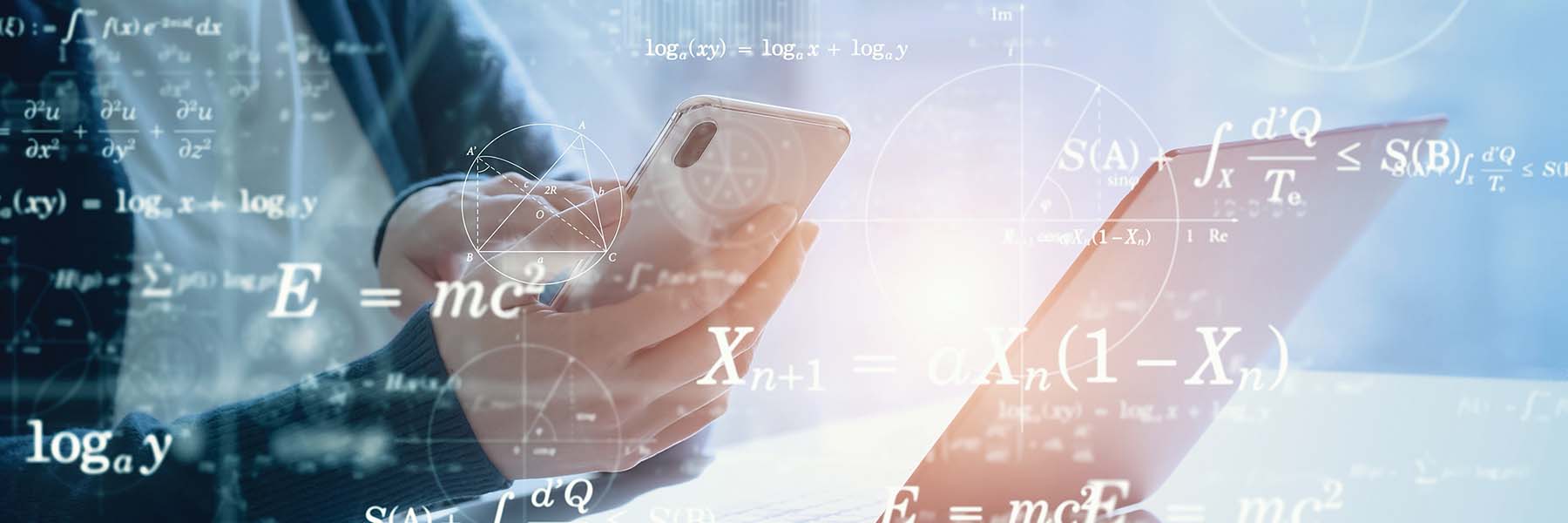
Mission
The mission of the department is to provide mathematics instruction that meets the needs of learners with diverse backgrounds and varied educational goals.
The department curriculum includes three components:
- Developmental math courses for underprepared students
- Mathematics service courses for students in other disciplines which satisfy the general education criteria of degree and certificate programs
- Mathematics foundation courses for students majoring in Science, Technology, Engineering, Mathematics and Computer Science (STEM)
The department strives to create an environment which fosters learner success, promotes academic excellence and prepares quantitatively and scientifically literate citizens. The department supports innovation and encourages faculty professional development.
Mathematics Concentration
This concentration prepares students to transfer to four-year colleges or universities to seek bachelors’ degrees in mathematics. After transferring, students study to become more proficient in areas such as abstract algebra, complex variables, vector calculus, number theory and partial differential equations. Graduates of this concentration may qualify to transfer using benefits of MassTransfer to a four-year state college or University of Massachusetts campus.

